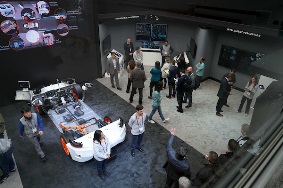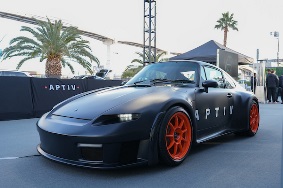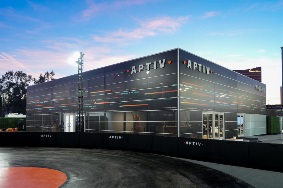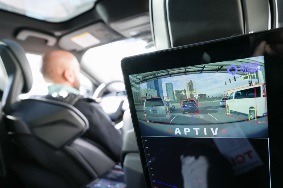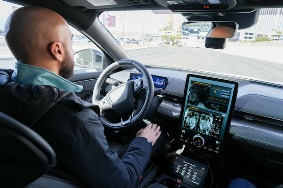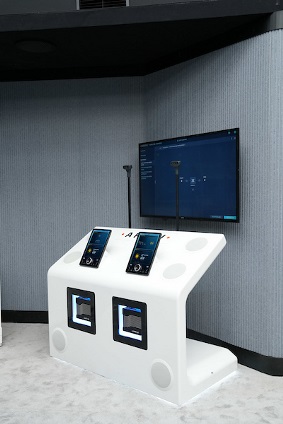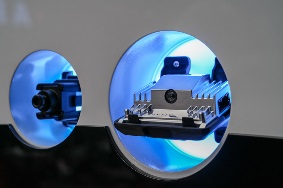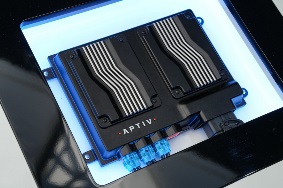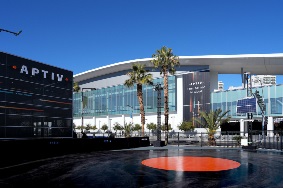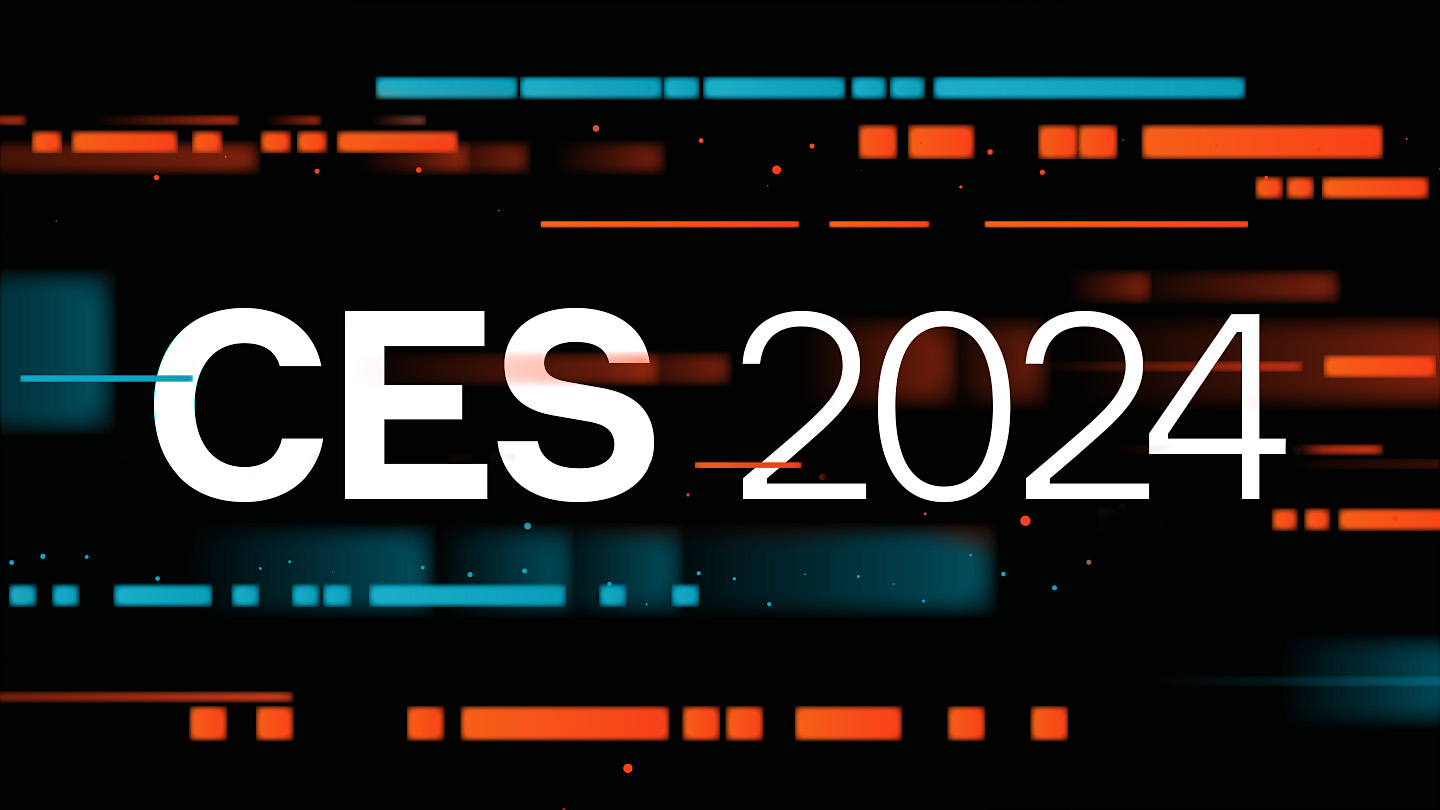
Bringing the Software-Defined Vehicle to Life
What does it take to create the software-defined vehicle? A hardware architecture that’s optimized to support electrified, highly automated functions, and a software architecture that’s designed to be sustainable by leveraging a cloud-native approach, with integrated end-to-end DevOps tools that enable updates over the entire vehicle lifecycle. All of these pieces must be in place or the software-defined vehicle is going nowhere fast. At the Consumer Electronics Show 2024, Aptiv showed how we are leveraging our deep insights into the brain and the nervous system of the vehicle — along with Wind River’s proven software technologies — to develop optimized and scalable solutions that meet OEM requirements today while providing a clear path to a software-defined, cloud-native and fully electrified future.
Take the Virtual Tour
Couldn’t make it to Las Vegas? Want to relive the excitement? Explore Aptiv’s CES 2024 pavilion through our virtual interface, where we are demonstrating a vision for the future of mobility that goes beyond automotive — to a world where seamless connectivity and software-defined vehicles open up new possibilities.

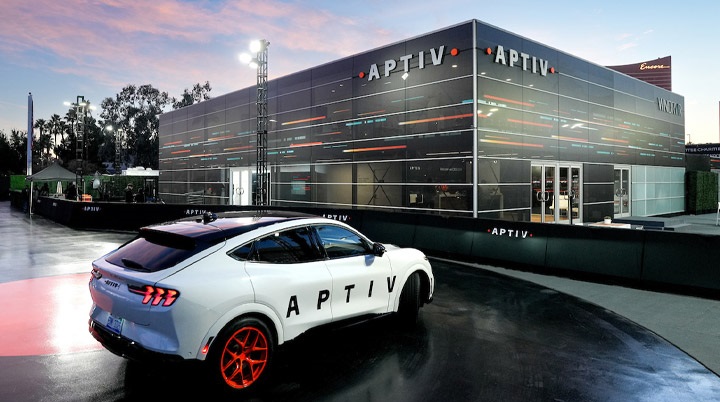
CES 2024: What You Need to Know
What did we show at CES 2024? Quite a bit, actually. Read this PDF for background on all the technologies we had on display.

Intelligent Perception
Aptiv’s best-in-class software and hardware provide superior perception — combining the radars and cameras that detect the environment around the vehicle with the intelligence, powered by AI/ML, that fuses and interprets those detections to make smarter and safer decisions.
Sustainable SDV Architecture
Aptiv’s fully abstracted software architecture now enables microservices, leading to unparalleled flexibility in where containerized software actually runs within the vehicle, even for safety-critical applications.


High Voltage
At CES 2024, discover the possibilities enabled by battery management software that uses Aptiv’s cloud-native approach, integrated power electronics that reduce complexity, advanced busbars by Intercable Automotive Solutions, and engineered components from HellermannTyton.
Edge-to-Cloud Connected Platforms
One of the biggest challenges in creating the software-defined vehicle is combining the flexibility and speed to market of cloud-based development with the safety-critical, real-time requirements of automotive systems. Fortunately, Wind River figured this out years ago for other industries.

The Cloud-Native Vehicle of the Future
Through cloud connectivity, the vehicle has the potential to become a cloud-native, intelligent edge device with on-vehicle compute augmented by cloud-based capabilities. The possibilities are endless.
